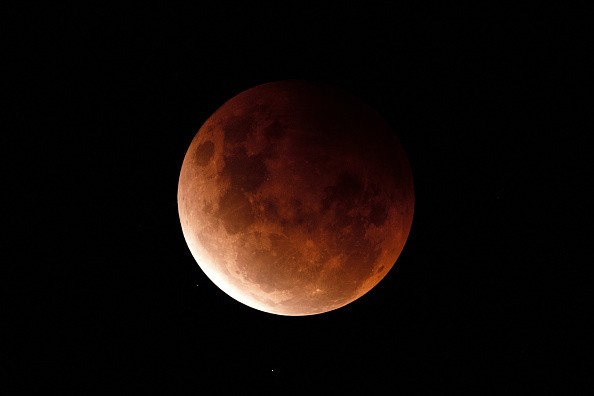
China successfully gathered crucial moon rock samples, and multiple researchers have filed applications to borrow the lunar specimen.
In late December 2020, China's Chang'e 5 spacecraft delivered actual moon rock samples to Earth, and it has been under review ever since.
China: To Accept Applications
In a recent report by Space.com, Jing Peng, deputy chief designer at China Academy of Space Technology (CAST), mentioned that the decision for lending their moon rock samples would be out soon.
The designer added that there was a conference in China about the lunar sample applications. The Global Space Exploration Conference took place in Saint Petersburg, Russia, on June 11. Overall, the conference got queries from 23 scientific research institutes and universities throughout China, totaling 85 applications.
China's Lunar Sample Management Office stated that international applications might also be considered.
Moon Rock Samples
The media outlet reported that the samples available for loan could also be seen by requesting the Lunar Sample Information Database by the National Astronomical Observatory of the Chinese Academy of Sciences.
The available lunar specimen includes breccias, fine-grained soil, glass beads, and volcanic basalts.
Peng admitted that he and his team had not been involved in studying and analyzing the samples. However, his colleagues informed him that the sample that Chang'e 5 returned to Earth might be younger than the Apollo program samples.
Shortly, additional results might be seen.
Because of the rocks' youth, researchers may now discover brand-new valuable insights about the history of the Earth's nearest neighbor.
The Chang'e 5 Mission
According to Space.com, Peng stated that the Chang'e 5 mission is probably China's most sophisticated project in space. He added that some of the 23-day mission's challenges include getting to and from the moon, blasting off right from the lunar surface, landing in Oceanus Procellarum, executing the "skip" reentry, and docking two spacecraft around the moon.
He also added some key technologies, which included transferring lunar samples between spacecraft, automatic sampling, and developing lightweight, miniature, and durable components capable of performing complex tasks.
The mission was indeed highly demanding, especially regarding the large amounts of fuel that the spacecraft needed to overcome gravity.
In June, the Chang'e 5 spacecraft continued to orbit a new region referred to as Sun-Earth Lagrange point 1. The area is about 932,000 miles away from the Earth, in the direction of the sun.
Peng added that there would not be other opportunities for the orbit to do complex orbit maneuvers and that it might stay in the Earth-moon system or the Lagrange point 1.
In other news, China is now planning to push through with a sample return mission. It will be at the near-Earth asteroid 469219 Kamo'oalewa, 2016 HO3.
Related Article : NASA to Develop an Asteroid Hunting Space Telescope to Watch for Possible Threats to Earth
This article is owned by Tech Times
Written by Fran Sanders
ⓒ 2025 TECHTIMES.com All rights reserved. Do not reproduce without permission.




